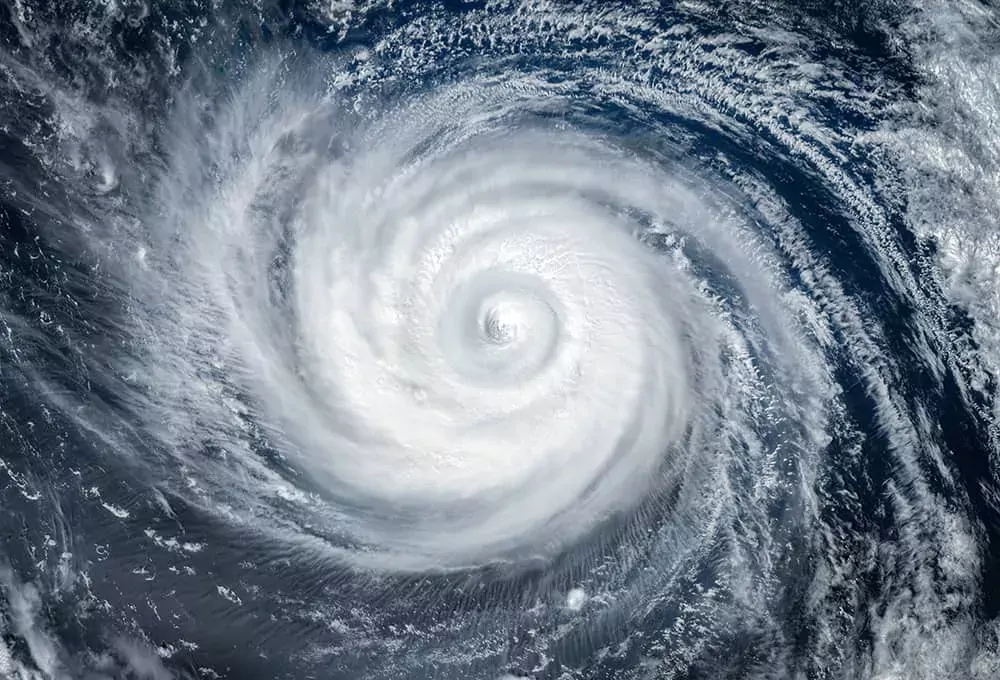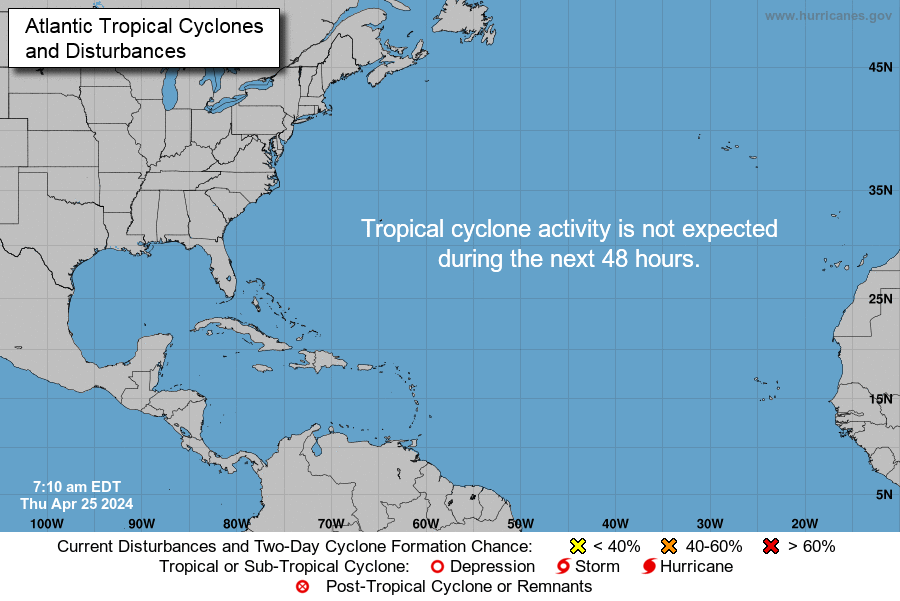What is a Hurricane?
A hurricane is a type of tropical cyclone, which is a generic term for a low-pressure system that generally forms in the tropics. The cyclone is accompanied by thunderstorms and, in the Northern Hemisphere, a counterclockwise circulation of winds near the earth's surface. The Atlantic Hurricane Season runs from June 1 to November 30.
Tropical cyclone classifications
- Tropical Depression: A tropical cyclone with maximum sustained winds of 38 mph or less.
- Tropical Storm: A tropical cyclone with maximum sustained winds of 39 to 73 mph.
- Hurricane: A tropical cyclone with maximum sustained winds of 74 mph or higher.


